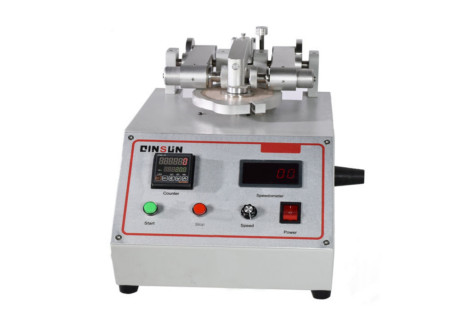- Qinsun Instruments Co., Ltd.
- Tell:+86-21-6780 0179
- Phone:+86-17740808215
- Address:No. 2578 Minhang District Gu Dai Road, Shanghai
- Contact:Mr. Li
- QQ:846490659
Reducing sugar detection

1、 The reaction between alkaline tartaric acid A and B solutions and reducing sugars is a quantitative relationship, and their amount directly affects the measurement results, thereby affecting the detection data. Therefore, alkaline tartaric acid A and B solutions must be accurately aspirated to ensure consistent sampling amounts each time.
Factors affecting the absorption error of alkaline tartaric acid A and B solutions:
1. The position of alkaline tartaric acid A and B solutions on the liquid level of the pipette should be consistent.
2. The amount of liquid remaining on the outer wall of the straw can cause errors in the sampling amount of alkaline tartaric acid A and B solutions. Therefore, it is necessary to habitually treat the alkaline tartaric acid A and B solutions on the outer wall of the straw in the same way to ensure that the residual liquid on the outer wall is relatively consistent each time, thereby reducing the error in liquid sampling quantity.
3. The speed at which alkaline tartaric acid A and B solutions are placed in a triangular flask should be kept consistent (not blown). After placing, observe how much residue remains in the straw to ensure consistency each time.
4. The less obvious precipitation (or concentration changes) of alkaline tartaric acid A and B solutions can also cause fluctuations in the measurement. When taking alkaline tartaric acid A solution, be sure not to come into contact with alkaline substances (and also be careful not to bring alkaline substances into solution A) to avoid precipitation of solution A. If the container for solution A is used for a long time, solid particles (copper sulfate) may remain on the inner wall, which can also cause detection errors.
2、 The titration speed should be balanced and consistent, and it is best to titrate at a rate of one drop every 2 seconds while hot (the speed should not be changed by the length of titration time).
3、 When titrating the sample solution, prediction should be made. For formal measurement, 1ml of the sample solution with a volume smaller than the predicted volume should be dropped from the burette into a conical flask, controlled to be heated to boiling within 2 minutes, and kept boiling. Titrate at a rate of 1 drop/2 seconds until the endpoint.
4、 The temperature of the electric furnace also affects the detection results, so it is necessary to ensure that the electric furnace is fully preheated, and the placement of the triangular bottle on the electric furnace should be consistent.
5、 The starting time for titration after the liquid boils during measurement should also be consistent within 2 minutes, generally starting titration after the liquid fully boils.
6、 The determination of titration endpoint should also be consistent. The titration endpoint is when the blue color of the liquid just fades away.
7、 Dilution and sampling of sugar solution should also be precise, and attention should be paid to the correct use of straws.
8、 Carefully detect the refractive index of sugar, and use this data to guide the detection of reducing sugar.
9、 Pay attention to the impact of leakage and deformation of the infusion hose, as well as bubbles at the tip of the burette, on the detection values.
10、 Clean the triangular bottle thoroughly after use.
Sometimes the inability to accurately find the titration endpoint is caused by the triangular flask not being cleaned thoroughly.





